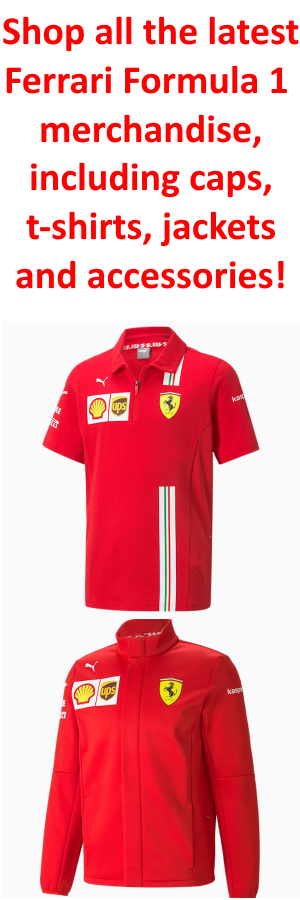Ferrari’s Michael Schumacher and McLaren’s Mika Hakkine have been two of System 1’s fiercest rivals through the late Nineties and early 2000s, defining an period of elite competitors on the high of the game. Regardless of the extreme battles on monitor, the Finn has at all times spoken with deep respect for his rival, usually acknowledging the talent and intelligence that made the German a seven-time System 1 world champion.
The Finnish driver was a daily frontrunner with McLaren within the early years of his tenure, nevertheless it was in 1998 that he really hit his peak. Driving a automobile crafted by legendary designer Adrian Newey, Hakkinen outpaced Schumacher to clinch the championship by a 14-point margin, ending the 12 months on 100 factors in comparison with Schumacher’s 86.
The next season, their rivalry seemed set to proceed till a significant incident at Silverstone derailed Schumacher’s marketing campaign. The Ferrari driver suffered a damaged leg in a crash on the British Grand Prix, halting his title hopes. At that time, Mika Hakkinen had already constructed an eight-point lead. With Schumacher sidelined, Hakkinen went on to narrowly beat Ferrari’s Eddie Irvine to assert back-to-back titles.
Their on-track battle resumed in 2000, with the Finn as soon as once more mounting a severe title cost. Because the season approached its closing stretch, Hakkinen appeared poised to win a 3rd consecutive crown. Nonetheless, Michael Schumacher’s late-season resurgence noticed him win 4 consecutive races, handing him his first world championship with Ferrari.
After the 2001 season, Mika Hakkinen introduced a “sabbatical” from racing, which in the end became a full retirement. From that time, no driver managed to dethrone Schumacher till Fernando Alonso broke his streak in 2005.
Mika Hakkinen shares how he discovered from Michael Schumacher throughout F1 follow classes
Throughout an look on the Drive to Wynn podcast, Hakkinen revealed how he used to rigorously research Schumacher throughout Friday follow classes. He defined that following the German on monitor turned a invaluable studying train and admitted he would have welcomed the prospect to be his teammate.
What stood out most, Hakkinen recalled, was the variability in Schumacher’s method to driving. Reasonably than counting on a single fashion, the Ferrari legend tailored to completely different corners and conditions with a fluid method. This nuanced understanding, Hakkinen prompt, was one of many causes he was capable of problem and even beat Schumacher at occasions.
He mirrored on watching Michael Schumacher with what he described as a relaxed and observant mindset, specializing in his rival’s conduct throughout braking and nook entry. The previous McLaren driver analyzed whether or not the German was relying extra on aggression, bodily energy, or sheer pure expertise—or a mix of all three. This calm and methodical statement gave the Finn new insights that helped him elevate his personal efficiency.
The podcast additionally revisited feedback from Ayrton Senna’s time, when Senna reportedly shook his head in disbelief at Schumacher’s lap occasions through the German’s early years with Benetton. It was a testomony to Michael Schumacher’s capacity to push his rivals to their limits, even amongst legends.
Hakkinen sees shades of Schumacher in Max Verstappen’s aggressive racing fashion
In the identical interview, Mika Hakkinen drew a comparability between Max Verstappen and Michael Schumacher, noting similarities of their mindset and overtaking aggression. Whereas Max Verstappen is an outsider within the present title race, the Finn noticed that the Pink Bull driver shares the identical unrelenting drive that outlined Schumacher’s profession, particularly throughout his dominant years from 2000 to 2004.
In response to Mika Hakkinen, Max Verstappen demonstrates the identical urgency in his overtaking strikes that Schumacher as soon as did. Reasonably than ready for the “good” nook, the Dutchman tends to behave the second a chance arises—a mirrored image of supreme confidence and dedication.
Hakkinen added that Schumacher by no means accepted ending final, at all times believing he might nonetheless win, irrespective of the circumstance. That relentless mindset, he prompt, is now seen in Verstappen, who constantly maximizes efficiency no matter grid place.
Following the Spanish Grand Prix, Max Verstappen confirmed comparable resilience to Michael Schumacher, standing his floor in opposition to the media after receiving a 10-second penalty for a collision with George Russell. Although initially unapologetic, the Dutchman later shared remorse on social media—highlighting the steadiness between defiance and accountability that each drivers have proven throughout their careers.




